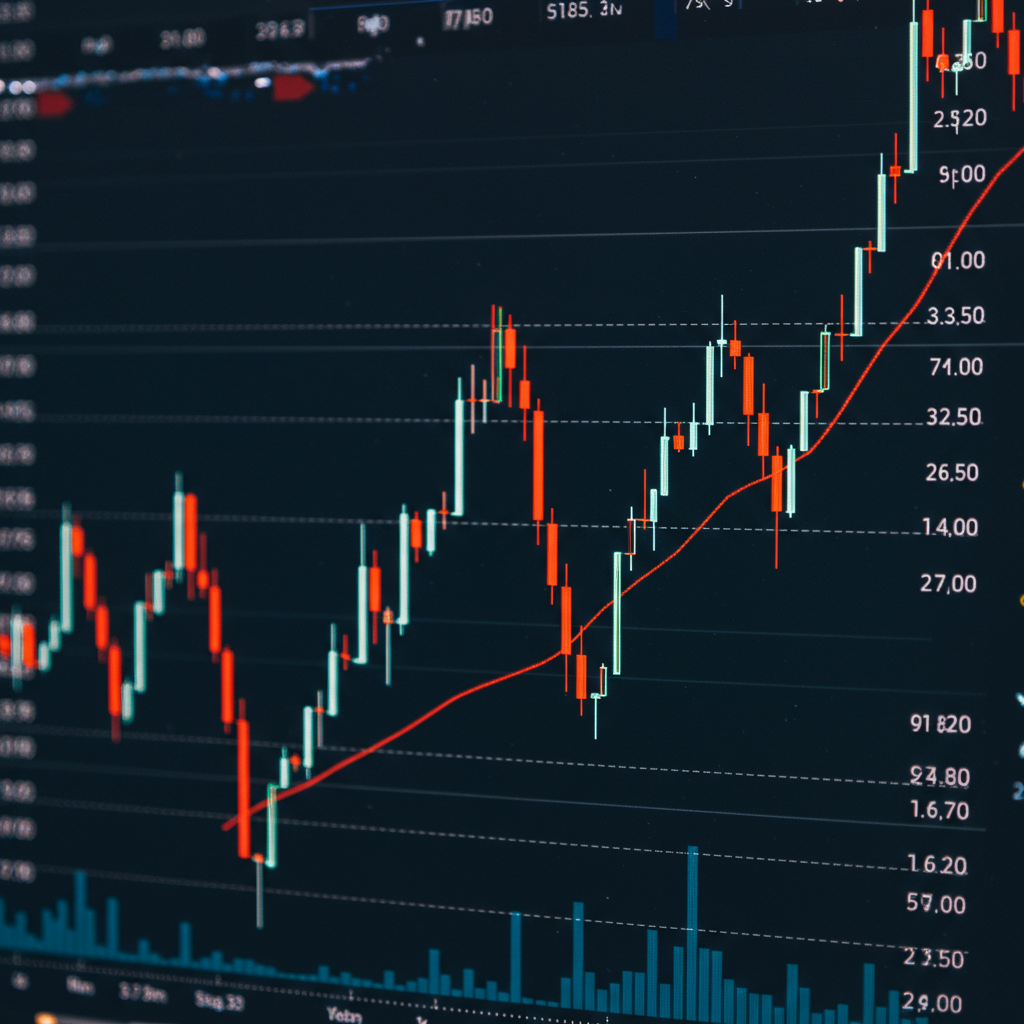Markets are signaling a clear concern regarding the future of the US economy under former President Donald Trump’s policy agenda. A key barometer of global investor sentiment appears to be the performance of the US dollar.
Since Trump first took office, the dollar’s value has seen a significant decline against major global currencies. This downturn is notably unusual when compared to conventional economic reactions to tariffs and global uncertainty, which might typically cause capital to flow into the US seeking safety. Instead, under Trump, capital seems to have begun a strategic retreat from the United States, opting for havens like European assets despite lower yields compared to US alternatives.
Why Are Investors Pulling Back?
Several pillars of the proposed or past Trump agenda are identified as major drivers of this investor hesitance and the dollar’s weakness:
Across-the-Board Tariffs: Imposing widespread tariffs, often unexpectedly and on both allies and rivals, disrupted established trade norms and generated significant uncertainty. This approach, sometimes seen as lacking clear economic rationale and based on an “irrational” view of trade balances, eroded confidence in the predictability and reliability of US trade policy.
Tax Cuts & Rising Deficits: Pushing for substantial tax cuts without corresponding spending reductions is projected to add significantly to already large federal deficits and national debt. Concerns about the US government’s ability to finance this growing debt burden without potentially disruptive measures weigh on investor minds.
Pressure on the Federal Reserve: Persistent political pressure on the independent Federal Reserve to slash interest rates raises questions about the administration’s respect for institutional independence, a cornerstone of economic stability valued by investors.
Erratic and Aggressive Tactics: A general approach characterized by “bare-knuckled legal tactics” and a perceived contempt for conventional economic principles and international norms fosters an environment of unpredictability. This leads global analysts and investors to question the administration’s competence and stability, fueling fears of further disruptive actions, including potential interference with the Fed or even unthinkable scenarios like questioning US debt obligations.
The Unexpected Dollar Decline
The dollar’s drop under Trump is particularly striking because it defies standard economic expectations. Tariffs, by making foreign goods more expensive, should theoretically reduce demand for foreign currencies, thereby boosting the dollar’s value. Similarly, periods of global uncertainty traditionally see investors flock to the perceived safety of US Treasury bonds, increasing demand for the dollar. Yet, the observed outcome was the opposite – a substantial decline, with the US Dollar Index losing significant value. This suggests the dominant factor isn’t a simple trade effect or flight-to-safety in the US, but rather a loss of fundamental confidence driving capital away.
The Critical Stakes: Why Dollar Dominance Matters
The US dollar holds a unique and powerful position as the world’s primary reserve currency, used in the majority of international transactions. This status provides substantial benefits to the United States:
Lower Borrowing Costs: Global demand for dollars and US debt allows the government to finance its deficits at unusually low interest rates, enabling lower taxes or higher spending than would otherwise be possible.
Increased Purchasing Power: A strong dollar makes imports cheaper for American consumers, effectively boosting their living standards.
- Economic Leverage: The US gains significant financial and geopolitical power from being able to “live off exporting its own money.”
- www.vox.com
The long-term risk is that persistent erosion of confidence could permanently reduce the dollar’s value and threaten its reserve currency status. While a sudden collapse is unlikely given the lack of immediately viable alternatives (due to issues like lack of EU fiscal union or China’s capital controls), talk of “de-dollarization” has undeniably increased. This trend, amplified by actions that highlight the risks of relying on the dollar system (like the use of financial power for sanctions enforcement), signals a growing global desire for alternatives.
The Outlook
Financial analysts anticipate the dollar could continue to weaken in the near term. The combination of a declining dollar and direct tariff costs translates into reduced purchasing power for American consumers, making both imported goods and potentially domestic items tied to global supply chains more expensive.
Unlike claims that tariffs represent necessary “short-term pain” for “long-term gain,” the analysis suggests Trump’s economic approach, particularly its impact on investor confidence and the dollar’s stability, poses a significant risk of making Americans permanently poorer. The extent and reversibility of this damage remain subjects of considerable debate among economists and market watchers.


